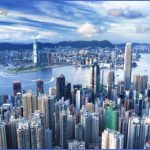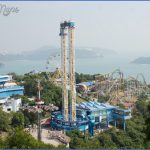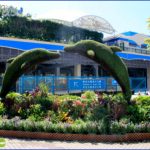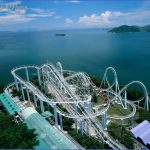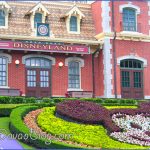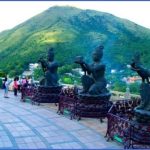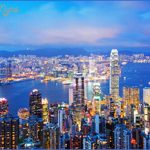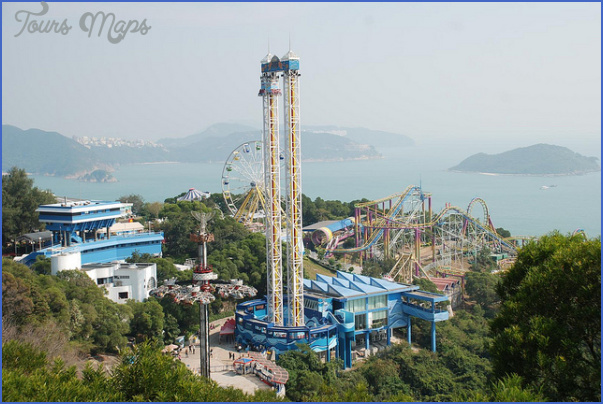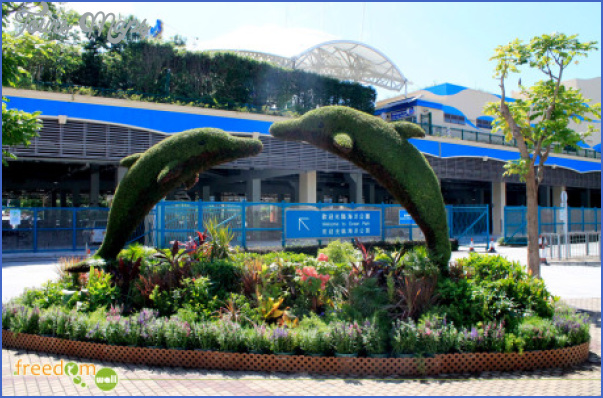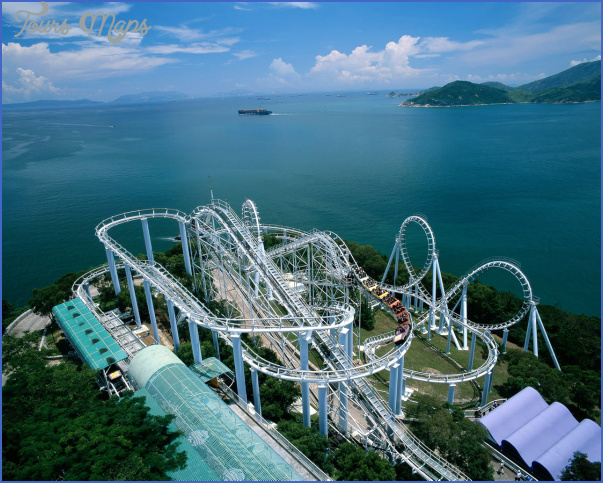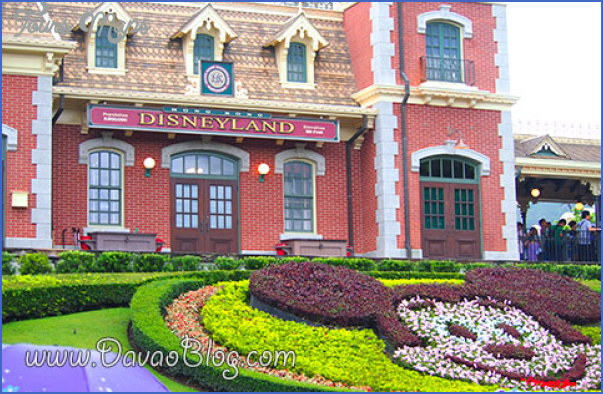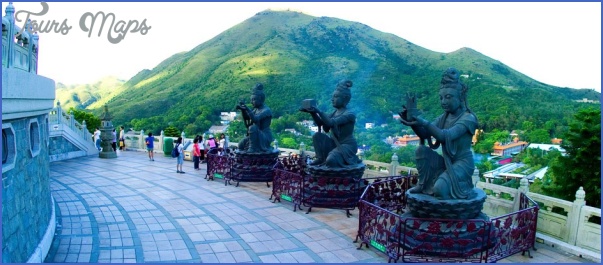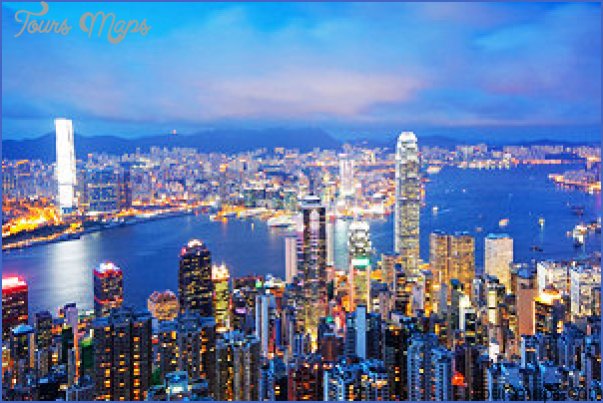One of Hong Kong’s oldest buildings is the luxurious Hotel Mandarin, located next to the Prince’s Building, which is famous for its ceramic relief decorations and excellent range of shops.
The most impressive building in the area is, however, “The Landmark”, a five-storey complex which is laid out around a large inner courtyard (1860sq.m/20,OOOsq.ft; fountain) and accommodates around 100 shops. At weekends there is regularly a wide range of free entertainment on offer here.
As we go westwards along Queen’s Road, the open shop-fronts lend the townscape an increasingly Chinese appearance. Steep narrow stepped alleyways branch off from the main street in a south-westerly direction, scaling the hillside. In the tiny stalls and small shops to be found here there is an immense array of goods for sale. Ladder Street, famous for its junk Ladder Street shops, is particularly picturesque, while curiosities of all kinds are bought and sold on Cat Street (Upper and Lower Lascar Row). It is also worth Cat Street visiting the two Taoist temples on nearby Hollywood Road (both at No. 124): Man Mo Temple (1848) and Lit Shing Kung Temple. Man Mo Temple Further to the north-east below Queen’s Road is Connaught Road, which Lit Shing Kung runs alongside the ferry piers. The road begins in the east by the Con- Temple naught Centre skyscraper, where the Hong Kong Tourist Association (HKTA) has its headquarters (information office). Opposite, to the north-east, are the General Post Office and the Government Publication Centre. Here in the Government Information Service Bookshop there is a wide range of literature relating to Hong Kong. Further east, at Edinburgh Place (Queen’s Pier by the harbour) is City Hall, City Hall seat ofthe city administration and a gathering place for all those interested in culture and art (concert hall, theatre, exhibition rooms).
Traditional Chinese junks, framed by modern skyscrapers of Hong Kong
Flagstaff House Just to the south of City Hall on Cotton Tree Drive is Flagstaff House, built in (Museum of Tea 1844, which was formerly the residence of the British military commander. Ware) It has been completely restored in the 19th c. style and now houses the interesting Museum of Tea Ware with Chinese tea services dating from the sixth dynasty to the present. Westwards from City Hall along the harbourside are the quays serving the Star Ferry, which crossesto Kowloon, and the other ferries which serve the outlying islands. Atthe end is the Macau Terminal (ferries and hydrofoilsto and from Portuguese Macau in 13% hours). In the immediate vicinity there is a colourful bazaar or street-market held every evening, known as “Poor Man’s Nightclub”, where traders set out their wares, flying cooks prepare tasty fish specialities, while travelling entertainers and musicians perform. In the daytime it is well worth taking a walk along the harbour quaysides and watching the lighters, boats and junks from the People’s Republic of China (mainlyfrom Canton ontheZhujiang) unloadtheirwares (foodstuffs, building materials, etc.).
Hong Kong Guide for Tourist Photo Gallery
Maybe You Like Them Too
- The Best Cities To Visit in The World
- World’s 10 Best Places To Visit
- Coolest Countries in the World to Visit
- Travel to Santorini, Greece
- Map of Barbados – Holiday in Barbados

